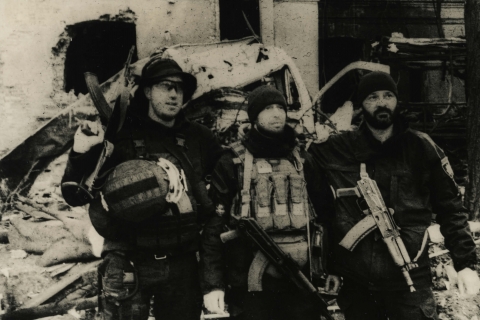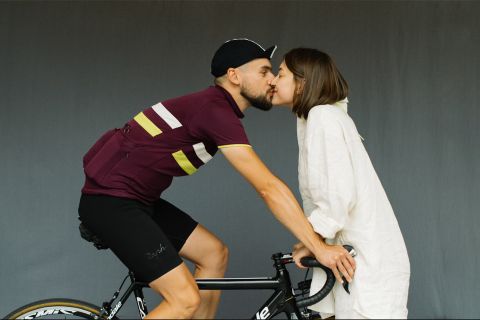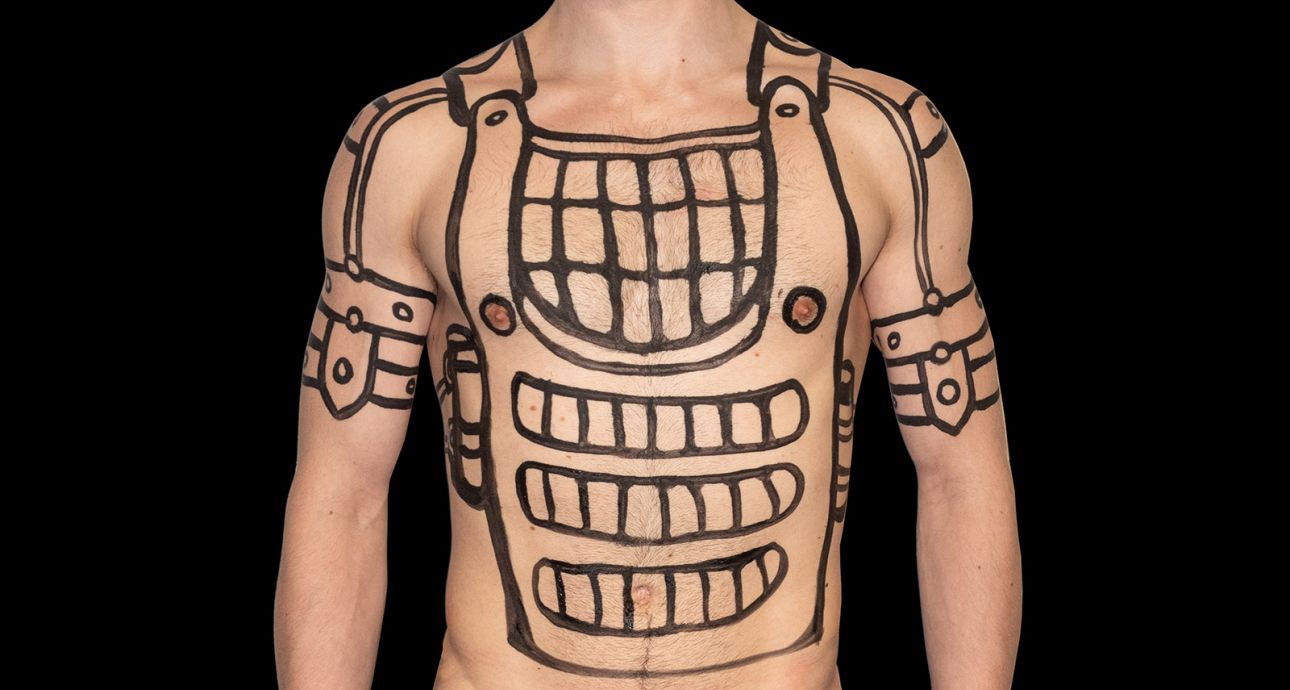
Step into My Shoes: Ordinary People under Extraordinary Circumstances in the LIVE Project

A curator and cultural manager from Kherson. A head of a public organization “Center for Cultural Development “Totem””, co-founder of Urban CAS art space in Kherson.
— On February 23, my colleagues and I found out that we won a European grant — almost half a million euros — to build a historical and cultural park in Tiagyn. It is a unique village in the Kherson region, where archeologists have been researching the Tiagyn fortress for six years. They found Lithuanian and Crimean Tatar artifacts from XIV-XV centuries; and in 2021, on the 30th anniversary of Ukraine’s independence, they discovered the oldest mace in the southern part of the country.
So, on February 23, we were in the office, trying to finish the project’s plan. But we couldn’t because I suddenly felt sick and nauseous. I excused myself and went home. And the next morning the big war started. My windows overlook the Dnipro river — at 5 a.m., I heard explosions near the Antoniv bridge. I didn’t have a grab-and-go back, because, like many of us, I didn’t believe that the full-scale invasion was going to happen.
We packed in a rush and went towards Mykolaiv, to a village near Kherson. We realized that we couldn’t stay in the city, because we were involved in counter-propaganda, debunking Russian fake stories about the so-called Novorossiya, which was actually just another occupation of Ukraine in the XVIII century. After the successful counter-offensive from the Mykolaiv side, we managed to flee — of course, with no “green corridors”, at our own risk. I cried when I saw our troopers at the checkpoint. A Russian sniper killed my friend, who was trying to evacuate women and children from Kherson and had all the necessary documents.
A Russian sniper killed my friend, who was trying to evacuate women and children.
Every evacuation story is about stress and tragedy, and mine isn’t the worst. Now I live in Central Ukraine and have no intention to move abroad. I receive a lot of propositions, including those from art residencies, but I feel that I need to be here.
Once, a German gallery reached out to me and offered to prepare an exhibition on the eve of May 9th to prevent the spread of Russian propaganda in Germany. That’s when I came up with the LIVE project idea. I wanted to create art that would not only talk about the war but also break through the emotional wall of war-related fatigue that overtakes people in European countries.
I wanted to talk about ordinary Ukrainian people — European people — who had a beautiful life without the Russian army and its “liberation”. That is why, I don’t have a lot of activists’ photos. Instead, I take pictures of ordinary people, whose life got divided into “before” and “after”.
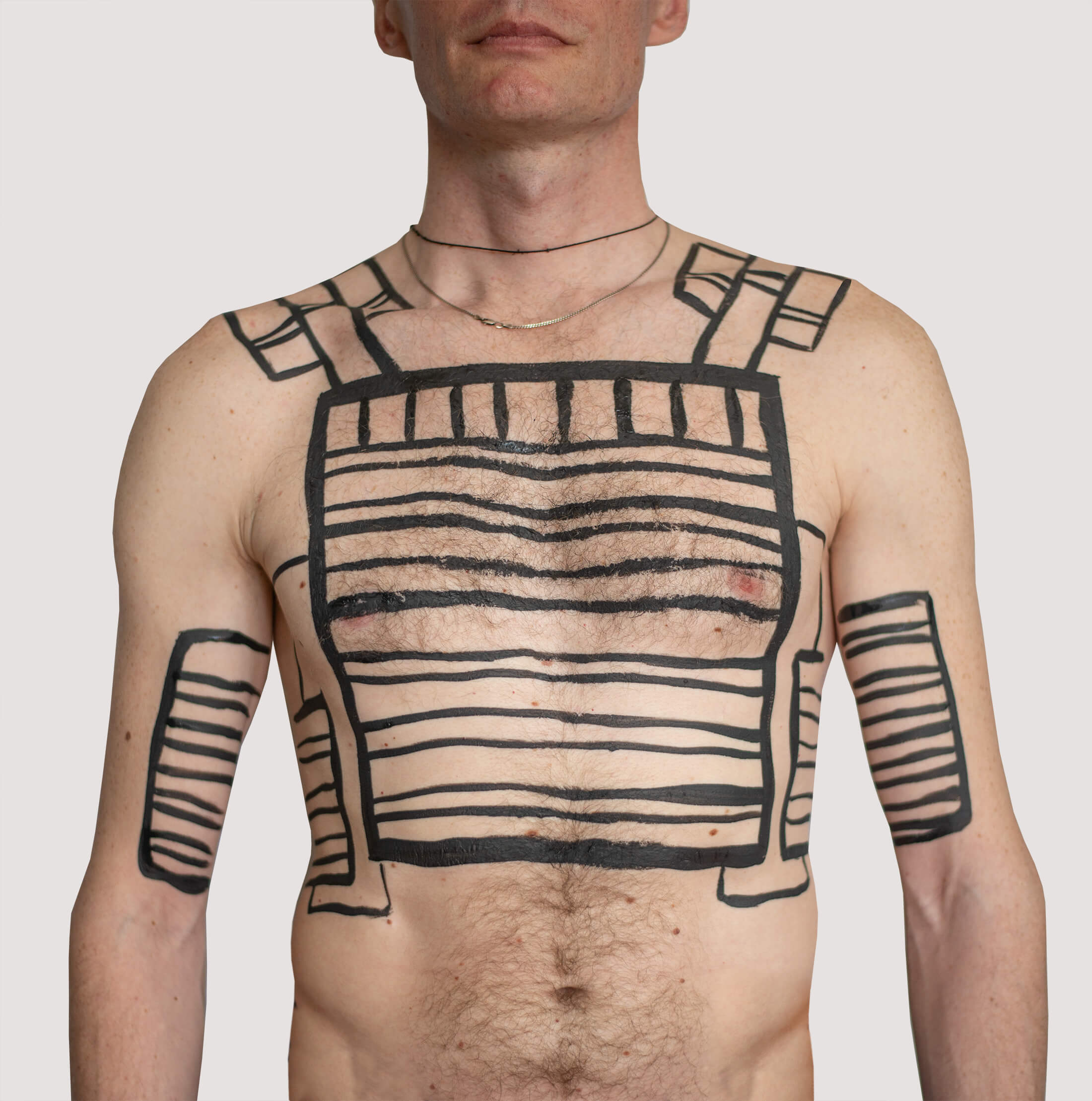


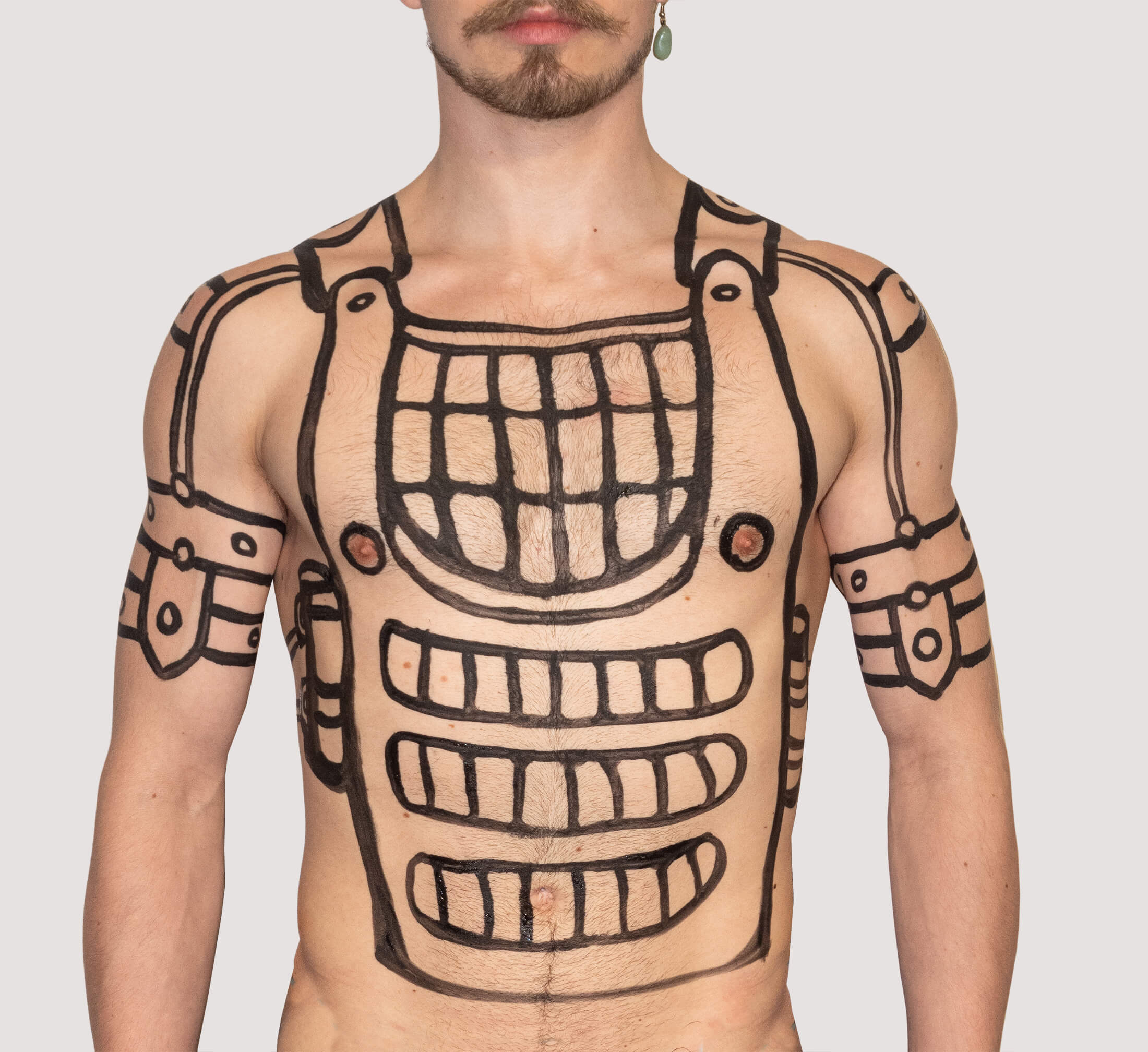


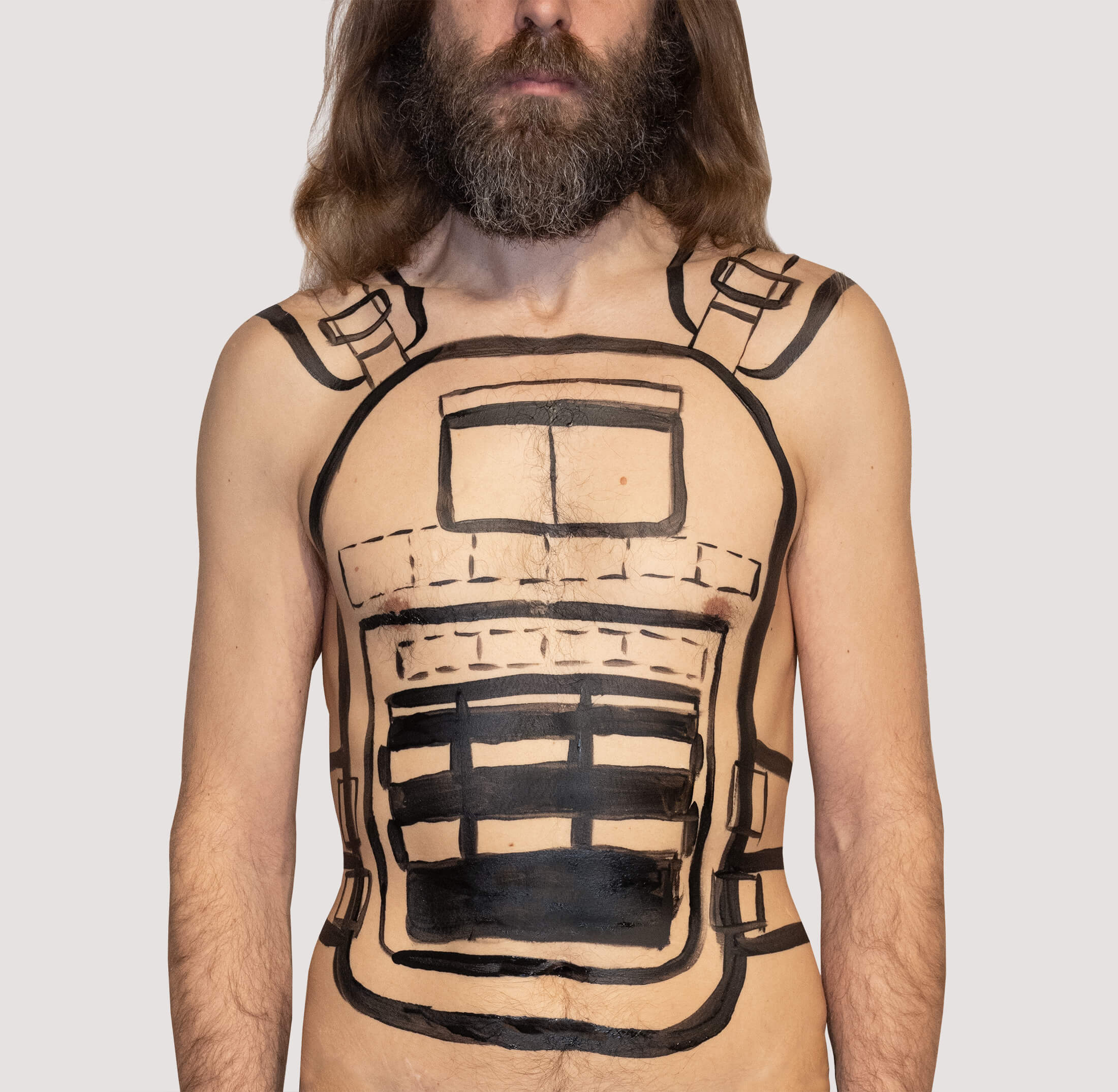
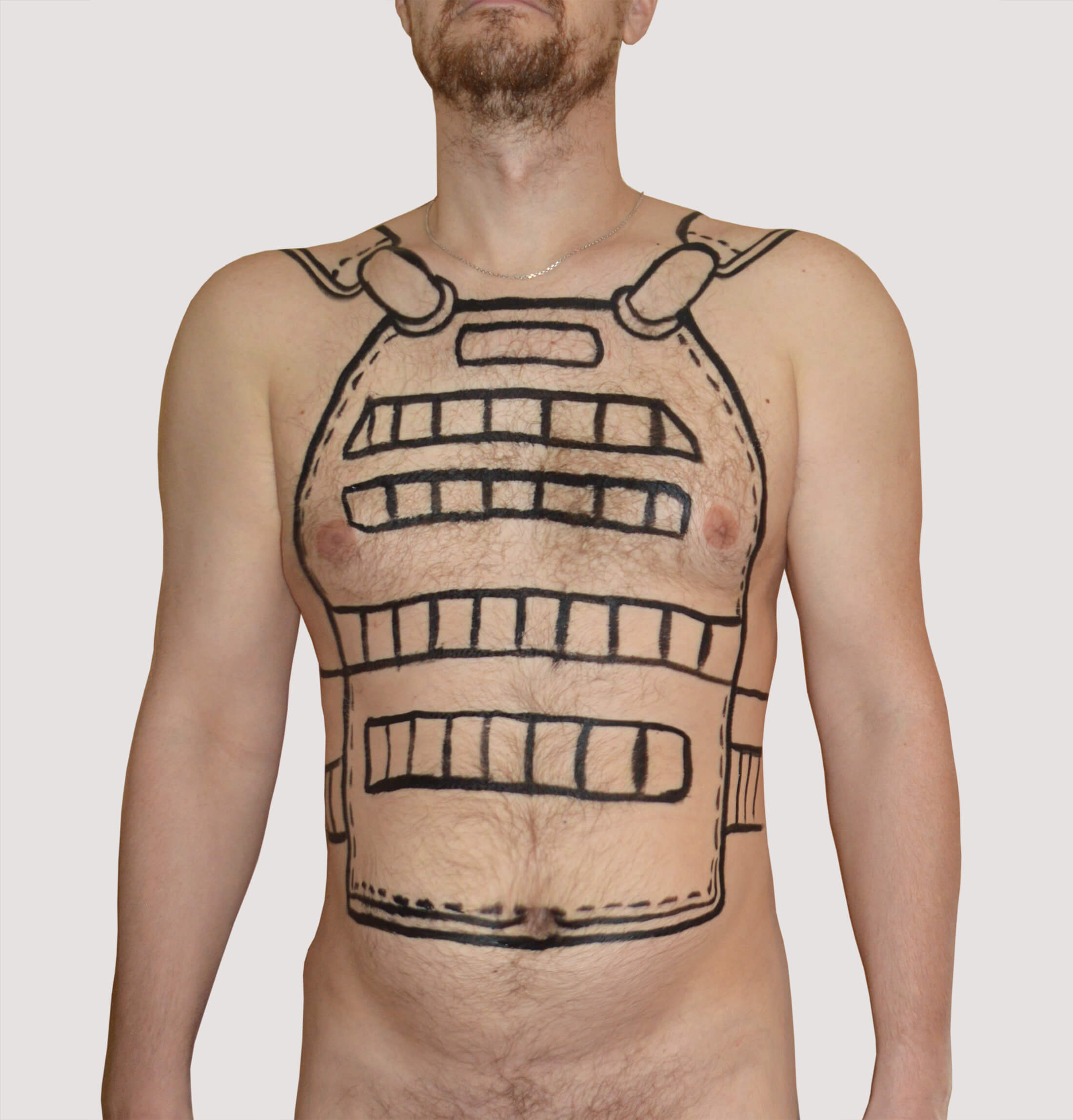
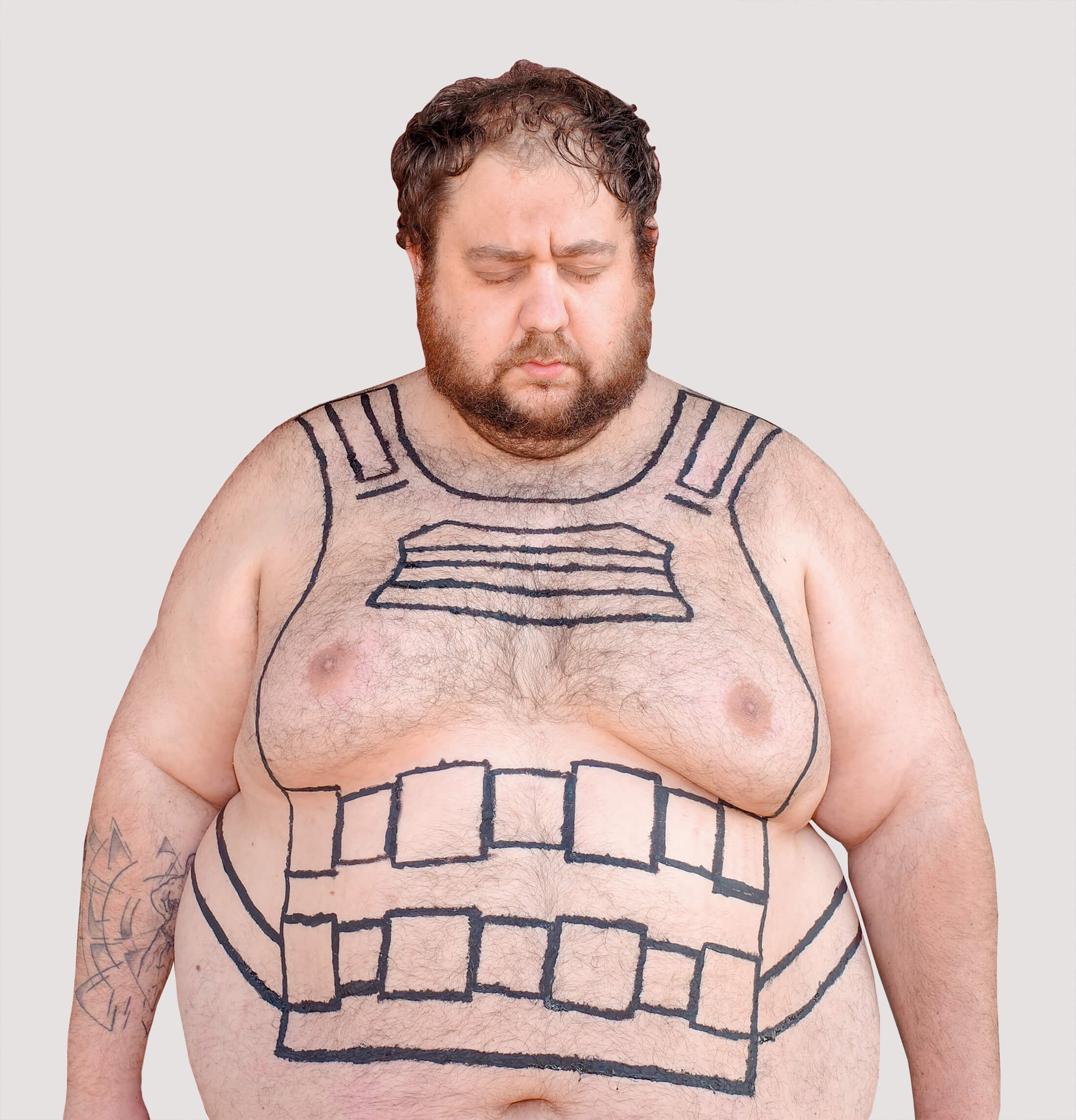
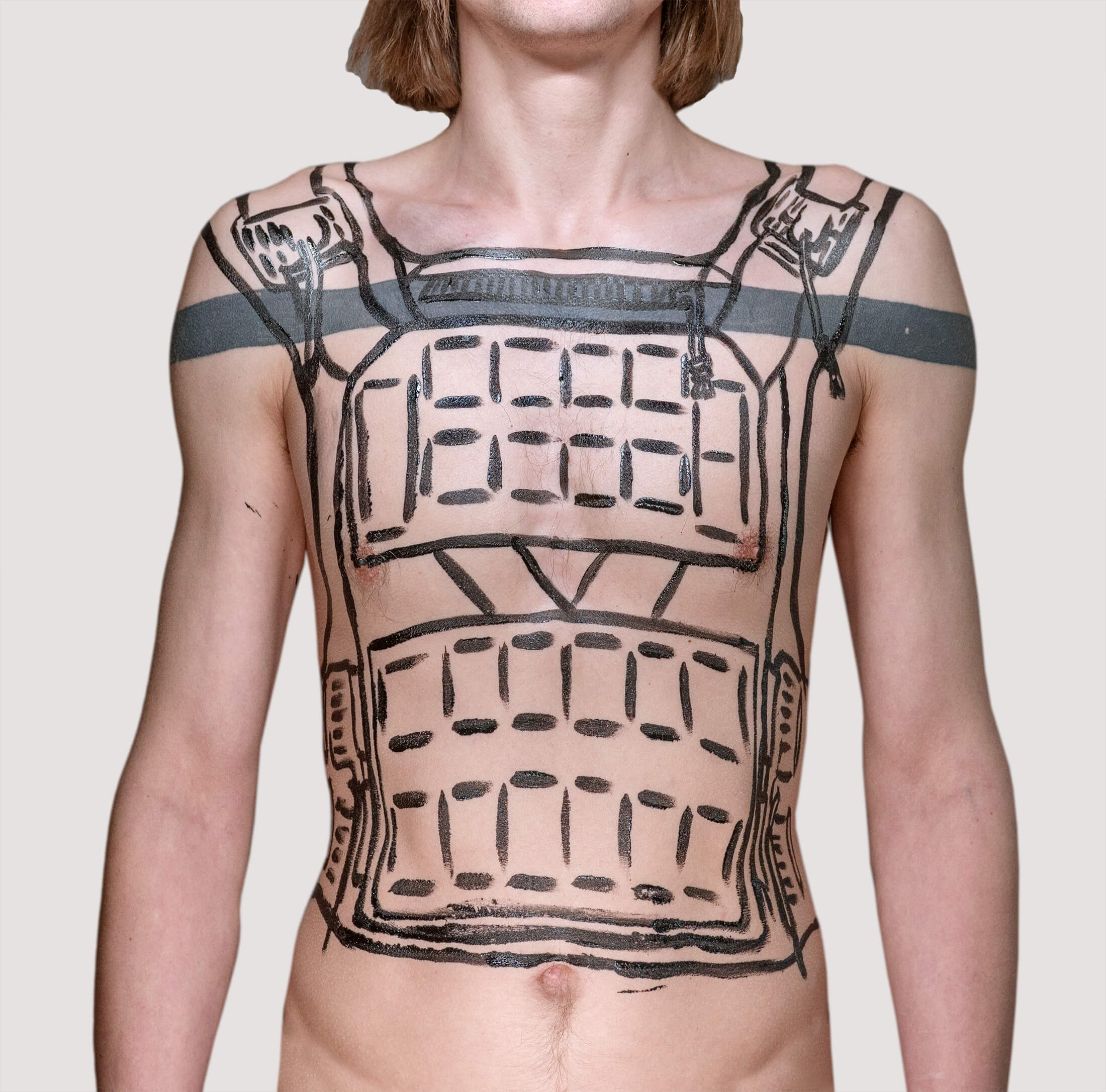
I emailed my artistic friends, including Roman Minin from Kharkiv, Oleksandr Nykytiuk from Vinnytsia, Mykhaylo Barabash and Serhiy Petliuk from Lviv. It turned out that there was an entire Kharkiv community of artists, living in Lviv, called White Rabbit Friends. They set up a shelter in a two-room apartment and hosted up to 14 people there from time to time, including artists, directors, camera men, poets, art scholars, actors, musicians, designers, and architects from Kharkiv, Kyiv, Dnipro and other Ukrainian cities. White Rabbit Friends have already hosted more than 90 people, while creating art and fundraising for bulletproof vests for the armed forces.
Artists drew bulletproof vests on people’s bodies in different cities and collected their stories. I have also collected quite a few stories. I found models through colleagues and friends. Some of them had an interesting story, others just came for a photoshoot on a given day and time.
Troopers are not the only modern Ukrainian warriors. I talked to musicians, pastry chefs, programmers. There was a mountain guide, who was at the top of Kilimanjaro, Africa, when the full-scale invasion started. Now, he’s organizing supply chains for humanitarian aid, thermal imagers, and ammunition from Europe. There was also an artist, who cut her canvases in pieces to make Molotov’s cocktails. They are civil people, they have no formal protection, and that’s what their naked bodies are about. I wanted to show how the war gets under everyone’s skin in the most physical, corporeal, and sensual way. The Europeans have to understand and experience the fact that no one is safe now — everyone can be “naked” and defenseless in the face of Russian aggression.
I wanted to show how the war gets under everyone’s skin in the most physical, corporeal, and sensual way.
The LIVE project combines very specific stories and a collective image of the Ukrainians. But we decided to hide the faces of our models due to security reasons, because among them there are people who still live on the occupied territories.
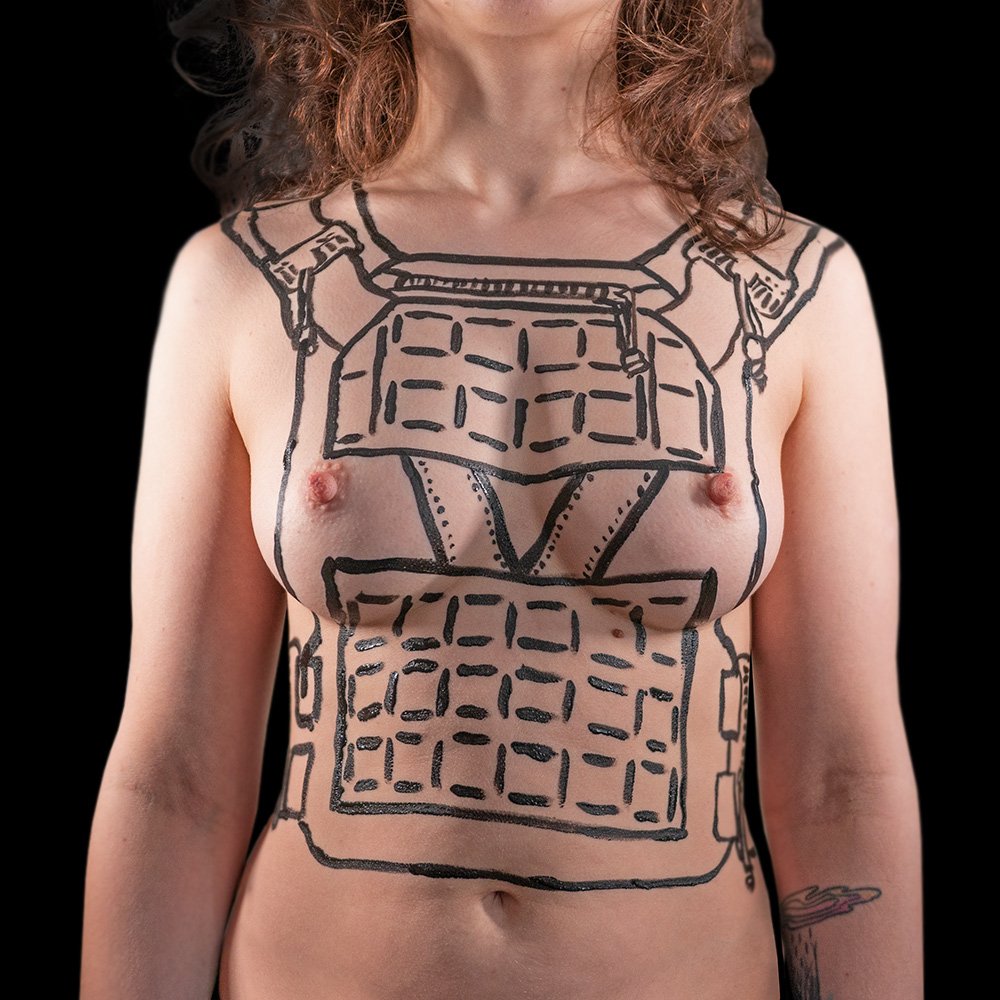
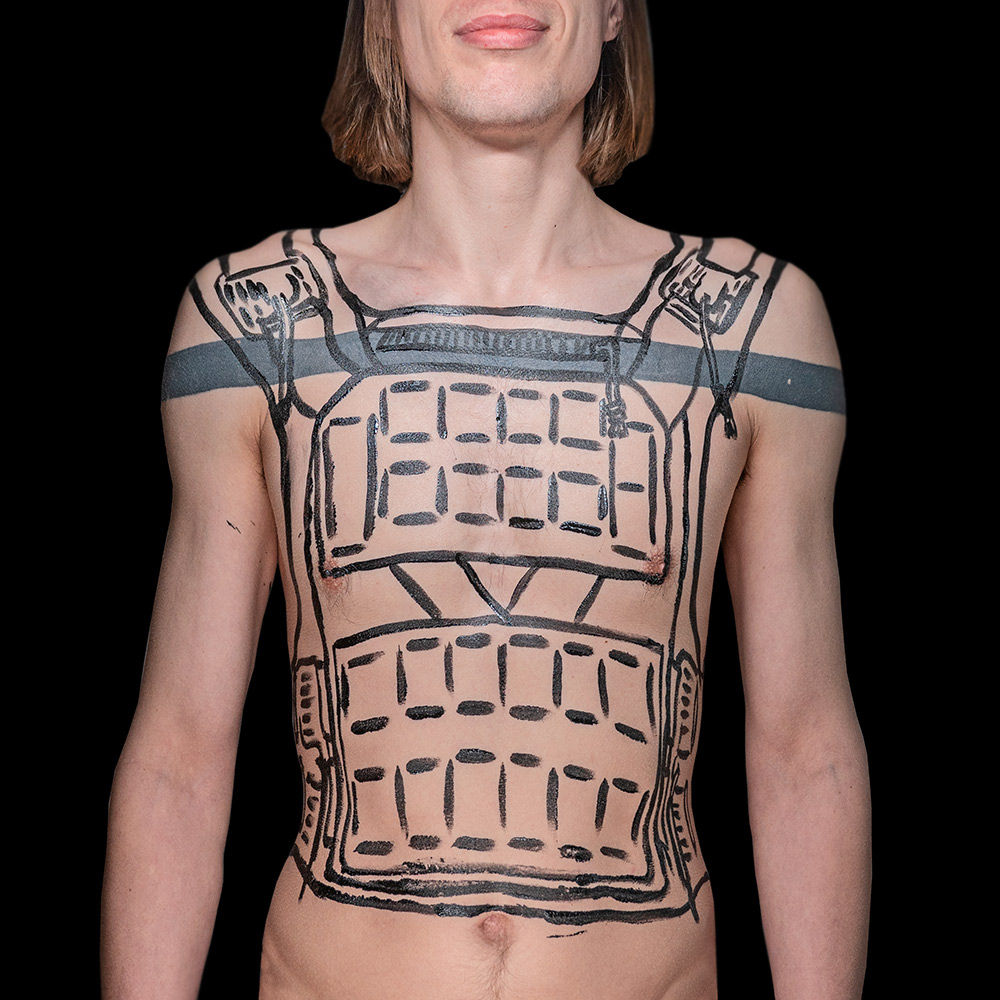

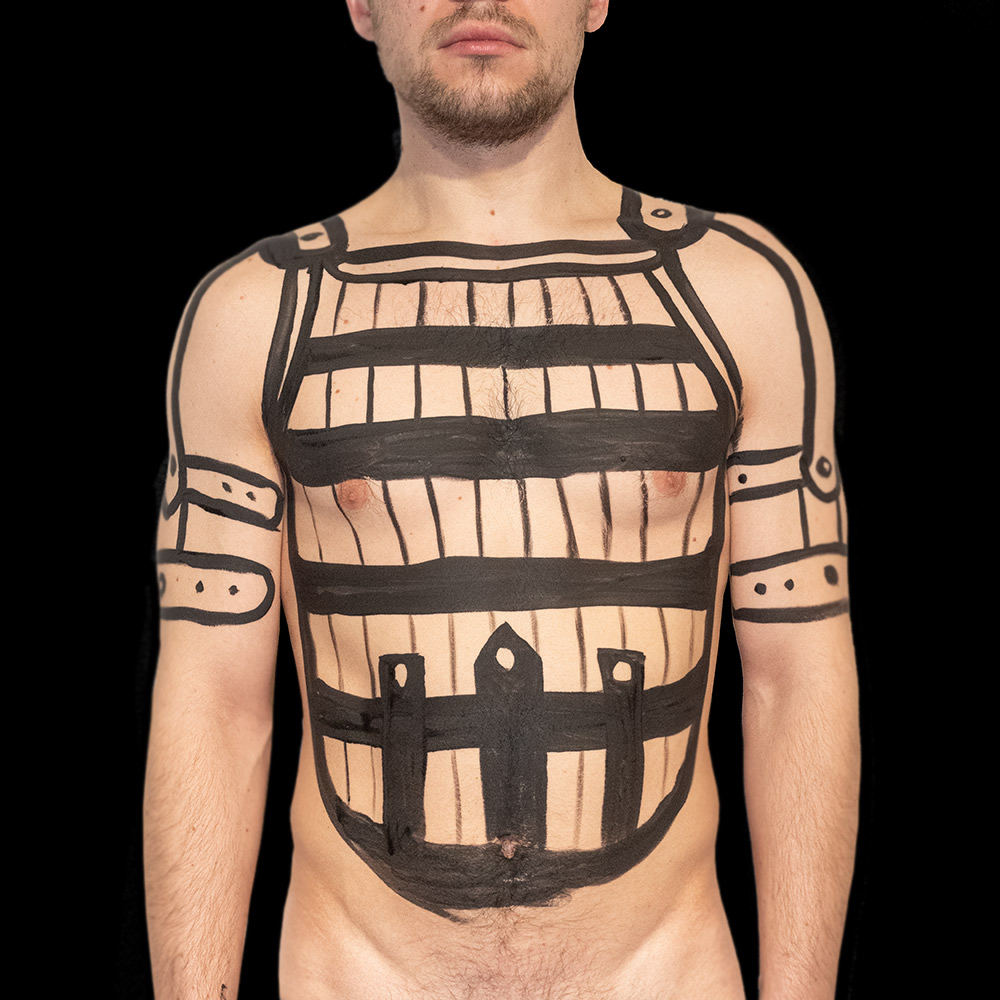




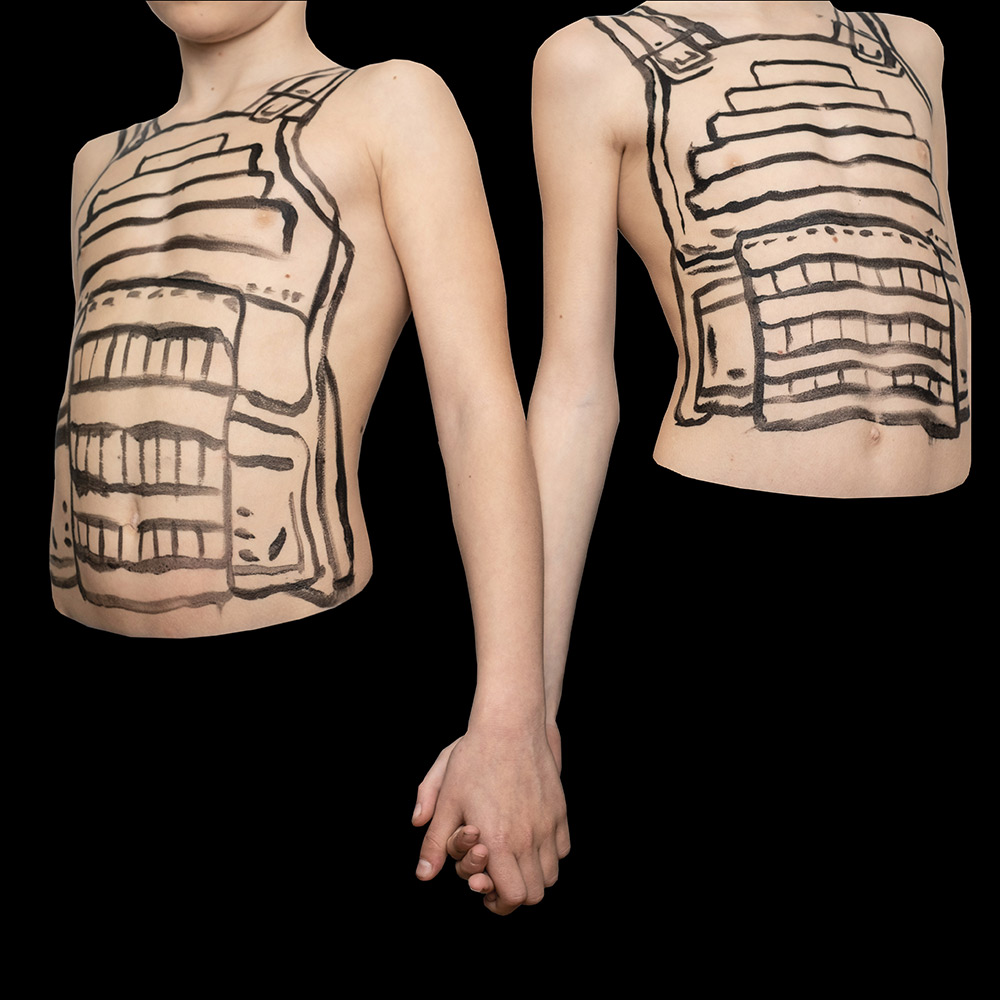
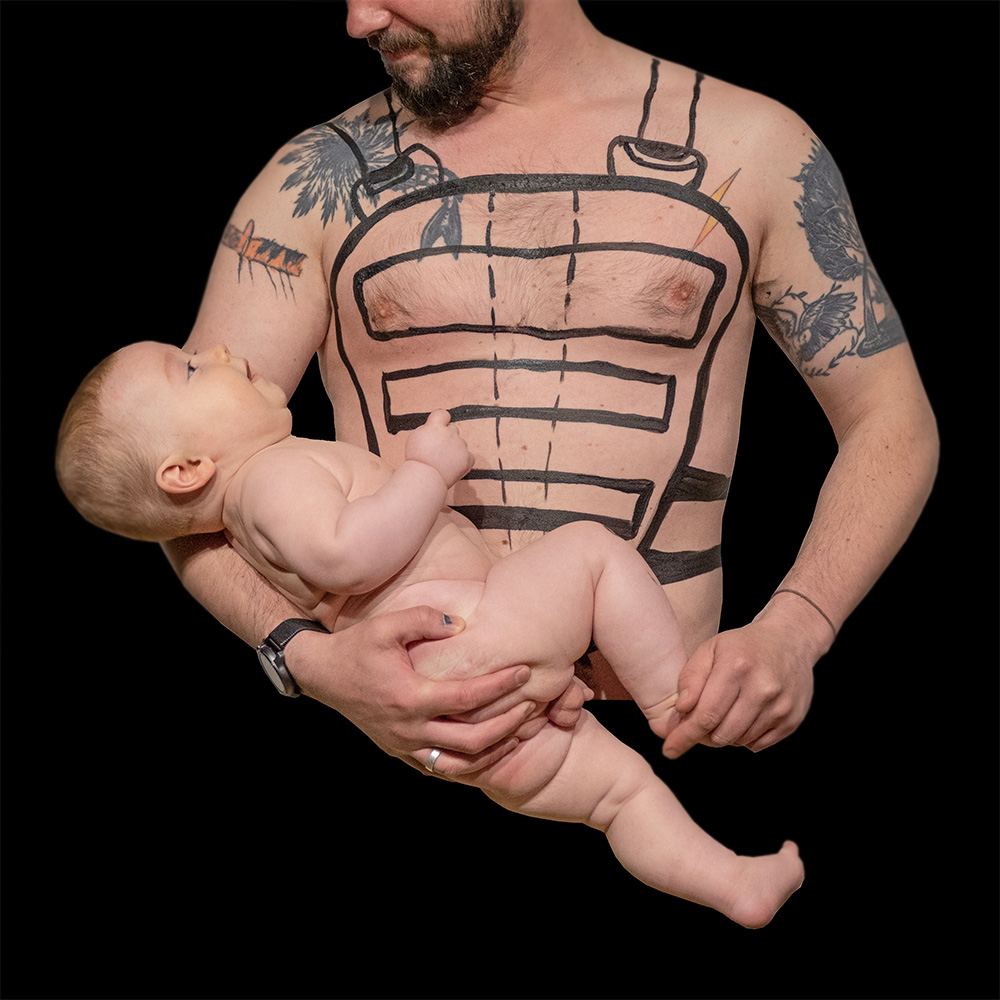
While we were gathering materials, we started having problems with the German gallery. One time, they asked us to cover women’s breasts, because their boss was “old and a bit conservative”. Another time, they asked us to rewrite the stories, focusing only on the activists from public organizations. But for me it was unacceptable, since it reminded me of Russian propagandistic narratives, which divide people into “normal” Ukrainians and so-called activists-nationalists. The 9th of May has passed, our exhibition has never happened, and we refused to continue the negotiations with the gallery.
While we were gathering materials, we started having problems with the German gallery. One time, they asked us to cover women’s breasts, another time, they asked us to rewrite the stories.
I started looking for other options to show this project to the European audience. A year ago I met ZK/U — Zentrum für Kunst und Urbanistik from Berlin. This year they had their own project at Documenta in Kassel, but they also wanted to create a separate platform for the Ukrainians. They called it Citizenship Ukraine. Apart from the LIVE project, the platform hosted three days of discussion and presentations, organized by “Platforma TU” (from Mariupol), Center for Modern Culture (from Dnipro) and “Garage 127”(from Kharkiv).
As a part of this project, we also included live videos from CCTV cameras. We have a screen, where viewers can simultaneously watch footage from CCTV cameras in peaceful European cities and shelling of Kharkiv, Mariupol, Zhytomyr, and brutal break-ups of peaceful protests in Kherson. The video creates a feeling that no one is safe while the war is raging in Ukraine. Tomorrow it can happen in Europe.
We created a website www.liveproject.info, where you can read about ways to sustain the global security system and what we can do to enhance our collective efforts. These actions are actually quite simple and obvious, but in order to take them, one should see the bigger picture and have enough determination. LIVE is a kind of a motivating project for those who lack determination.
New and best
